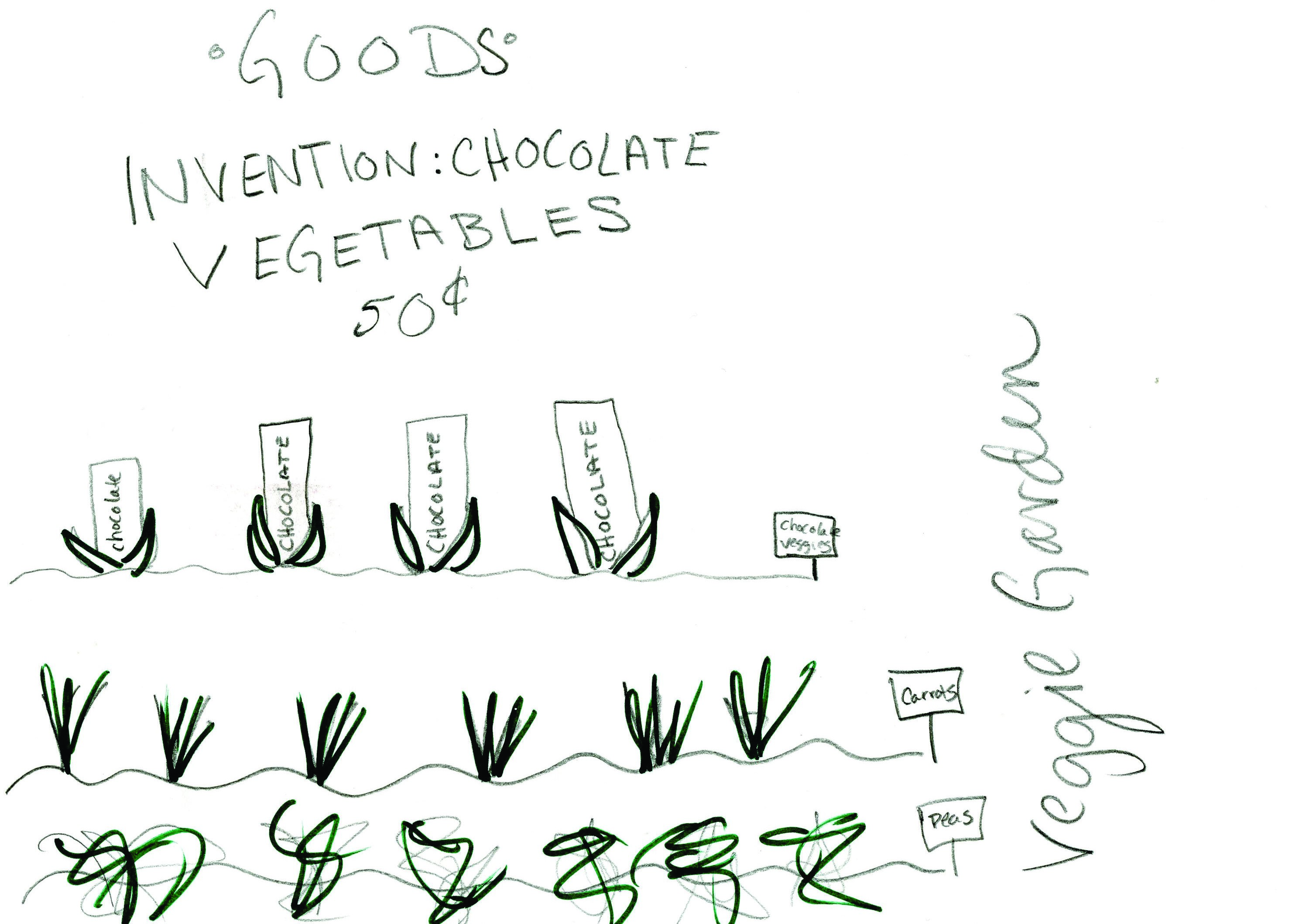Background Agricultural Connections
Toys, clothes, video games, televisions, candy, computers, phones, food... there are so many things to spend money on! When children understand the difference between a need and a want, they will start to see the importance of the choices that they and their families make when deciding how to spend money.
In addition to tangible products like bread and toys (also known as goods), people can spend money on services. Like goods, services can be categorized into “needs” and “wants,” and they include things like haircuts, bike repair, car washing, education (school), and medical examinations. Getting students to think about the people who provide the goods and services they spend money on can open up a new perspective on how things work “behind the scenes.”
When students think about the things that they buy, they may only connect a price tag to an item in the store. Thinking beyond the store to the origin of the product will help students understand the value and purchase price of the product, as well as the number of people and jobs that bring the product to market. For example, consider a student thinking about the source of their lunch. The student might first think about the bread for the sandwich, which was purchased from the grocery store. But there is much more to bread than buying it off of a shelf. It started in the fall the year before when a farmer planted wheat. The farmer harvested the wheat during the following summer, and then it was sent to a mill, where people ran it through machines to turn it into flour. From there, it was transported to a bakery, where people mixed it with other ingredients like water, sugar, salt, and yeast and finally baked it into bread that could be packaged and shipped to the store. In this scenario, many people with different jobs helped turn the wheat into bread. This process is similar for every product that a person buys, and students may be able to list different examples once they start to think critically about the sources of different items.
The book How Did That Get in My Lunch Box? by Chris Butterworth is an excellent informational text that shows the origin of many different food products, and how they get from the producer to the consumer. It is a perfect complement to early elementary lessons on economics and finances.
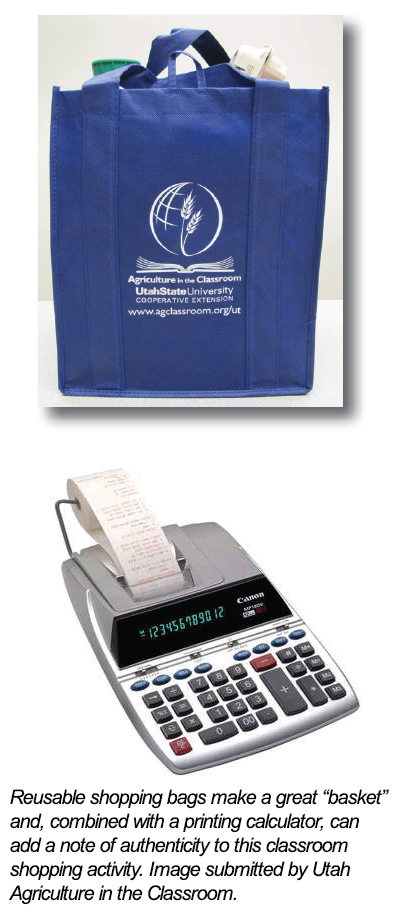 Empty food containers of a variety of different items that students recognize; at least 2 items per student
Empty food containers of a variety of different items that students recognize; at least 2 items per student 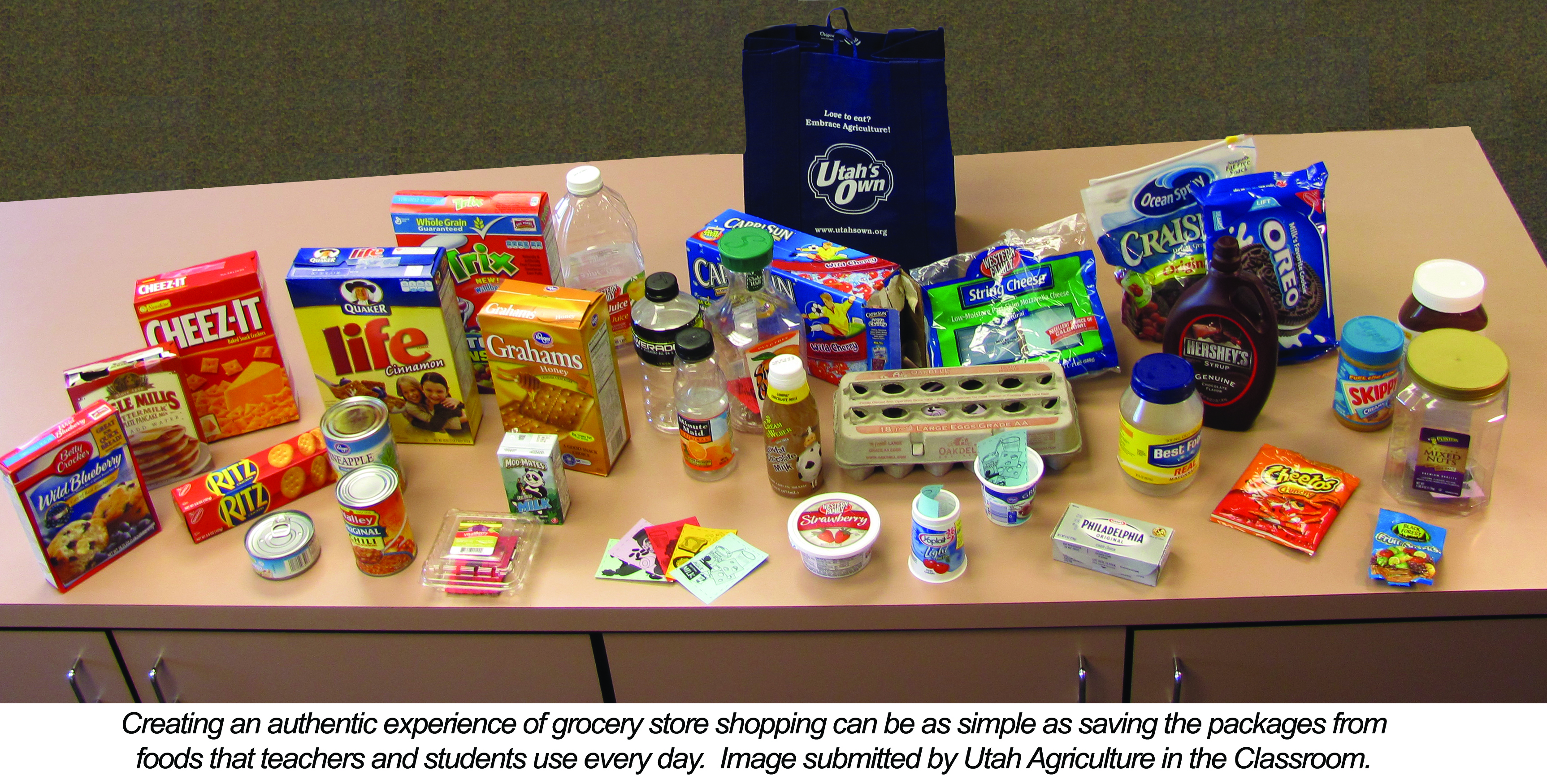
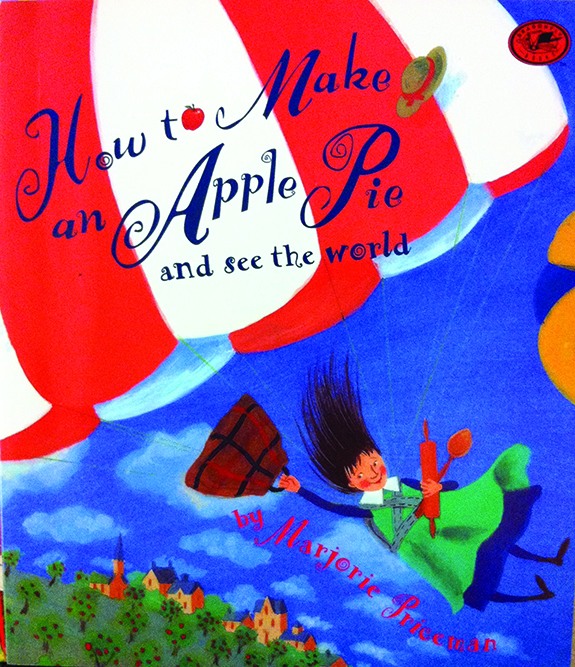 As a class, read one or both of the books How Did That Get in My Lunch Box? by Chris Butterworth and How to Make an Apple Pie and See the World by Marjorie Priceman.
As a class, read one or both of the books How Did That Get in My Lunch Box? by Chris Butterworth and How to Make an Apple Pie and See the World by Marjorie Priceman. 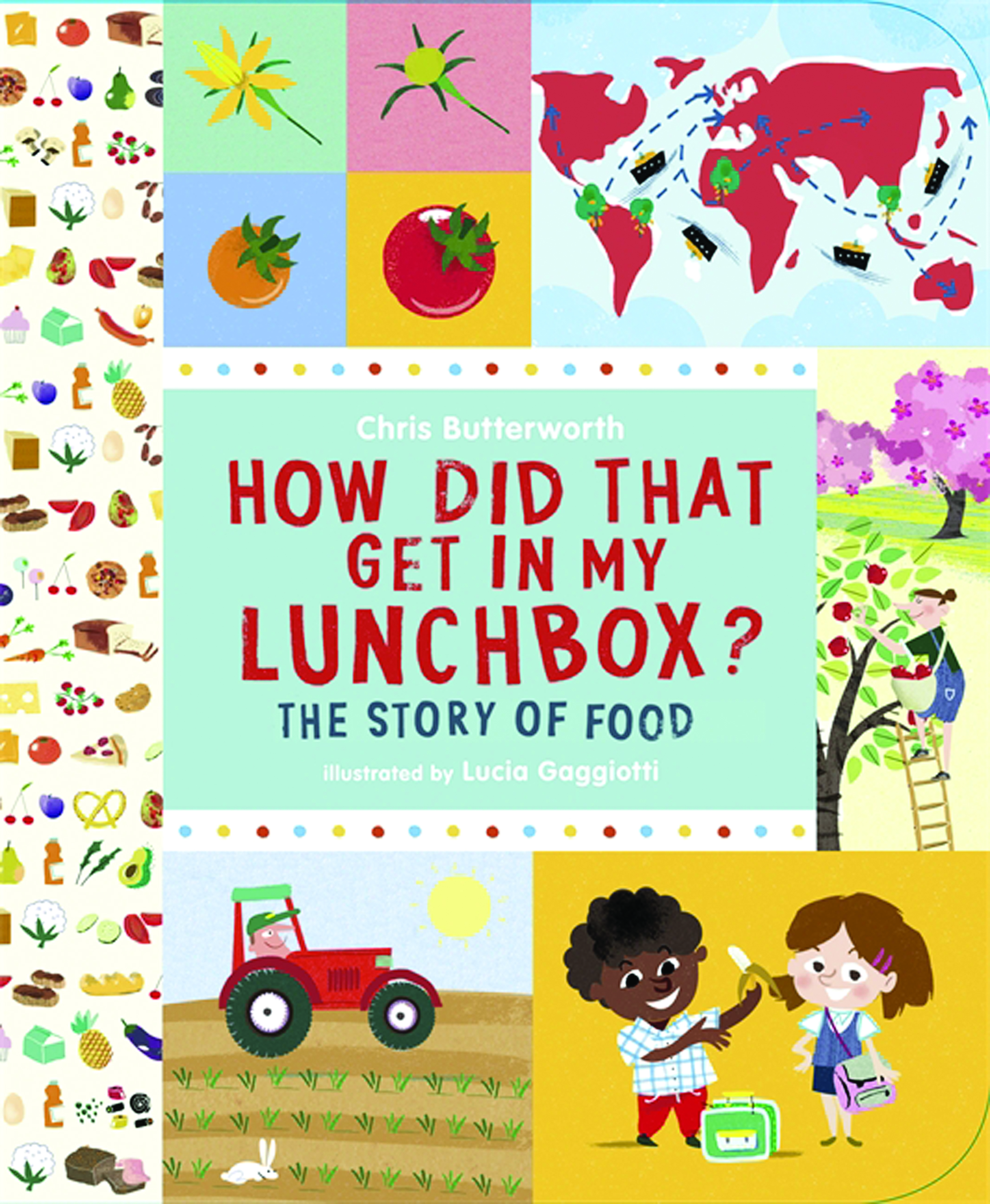 Note: Including a dress-up component for this activity is a fun option. Some suggestions for careers and simple dress-up items are:
Note: Including a dress-up component for this activity is a fun option. Some suggestions for careers and simple dress-up items are:
